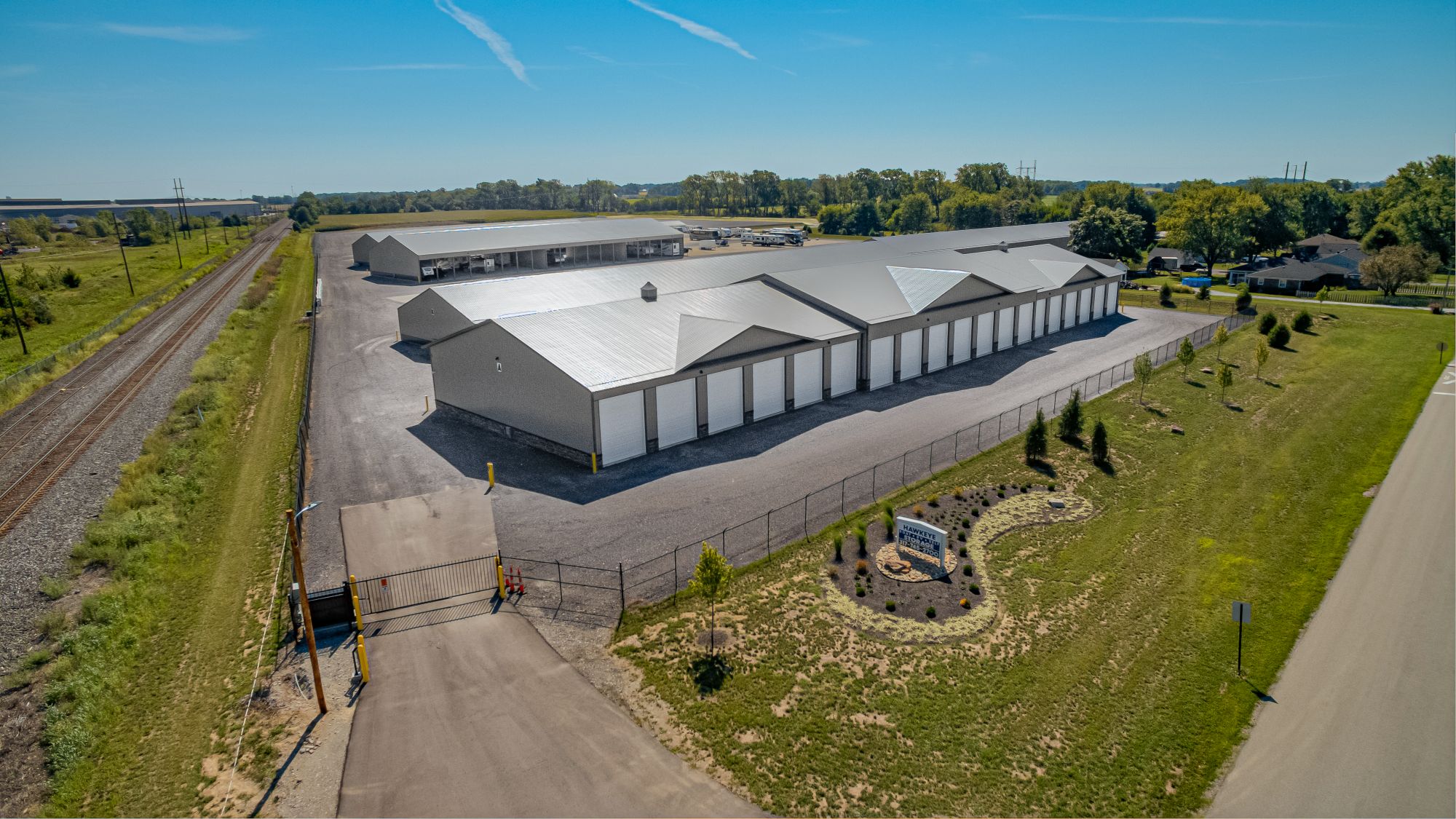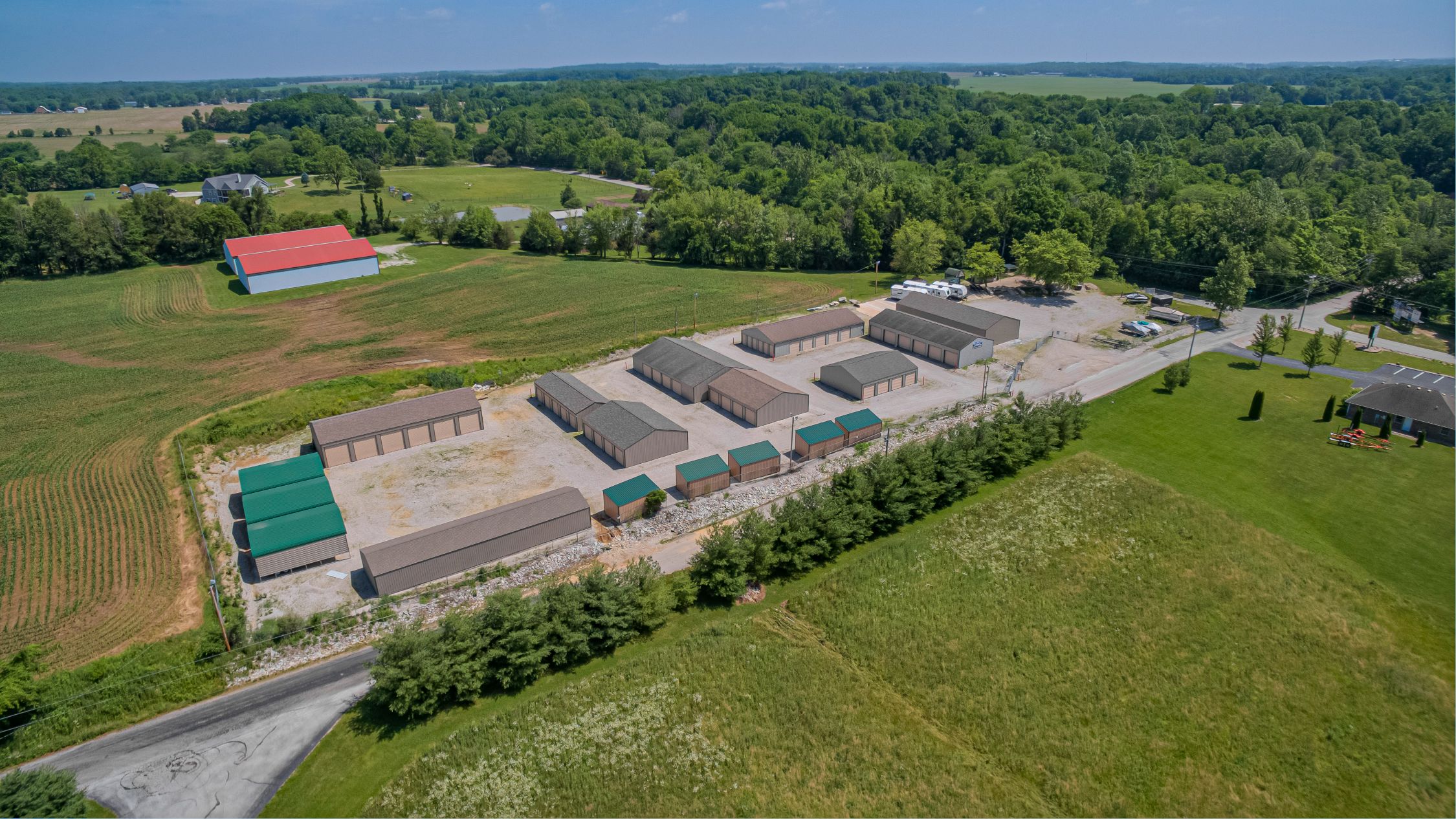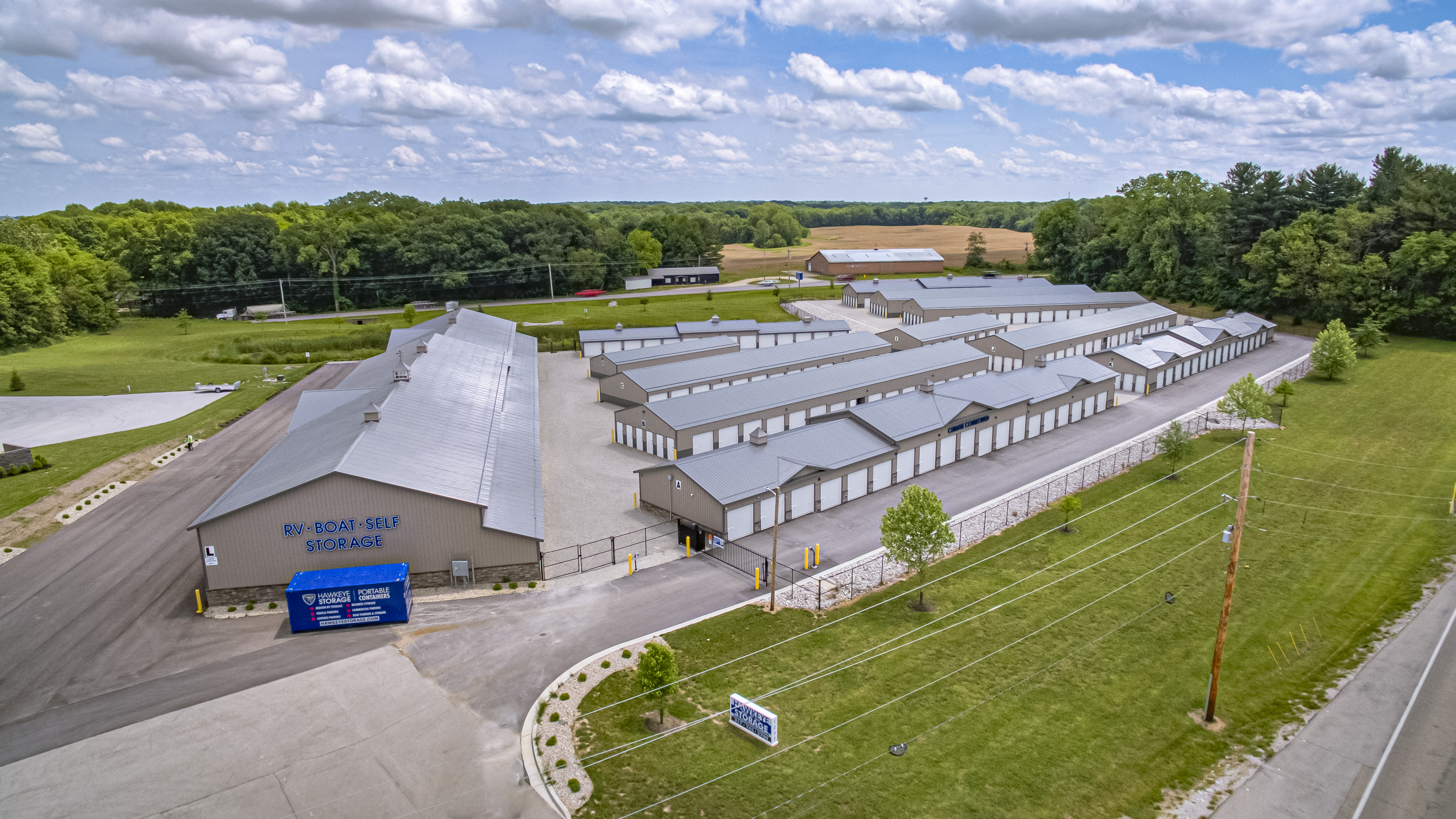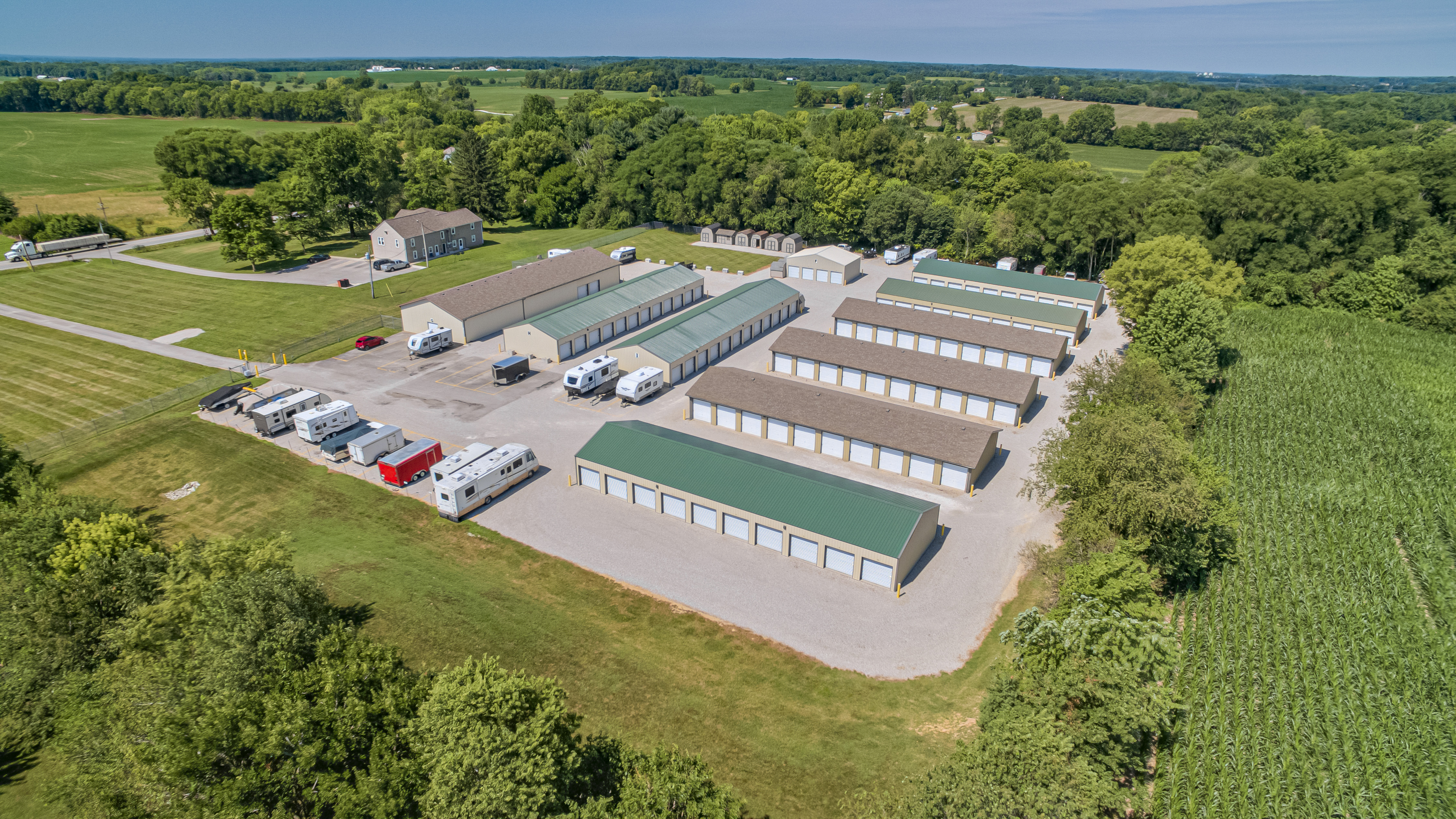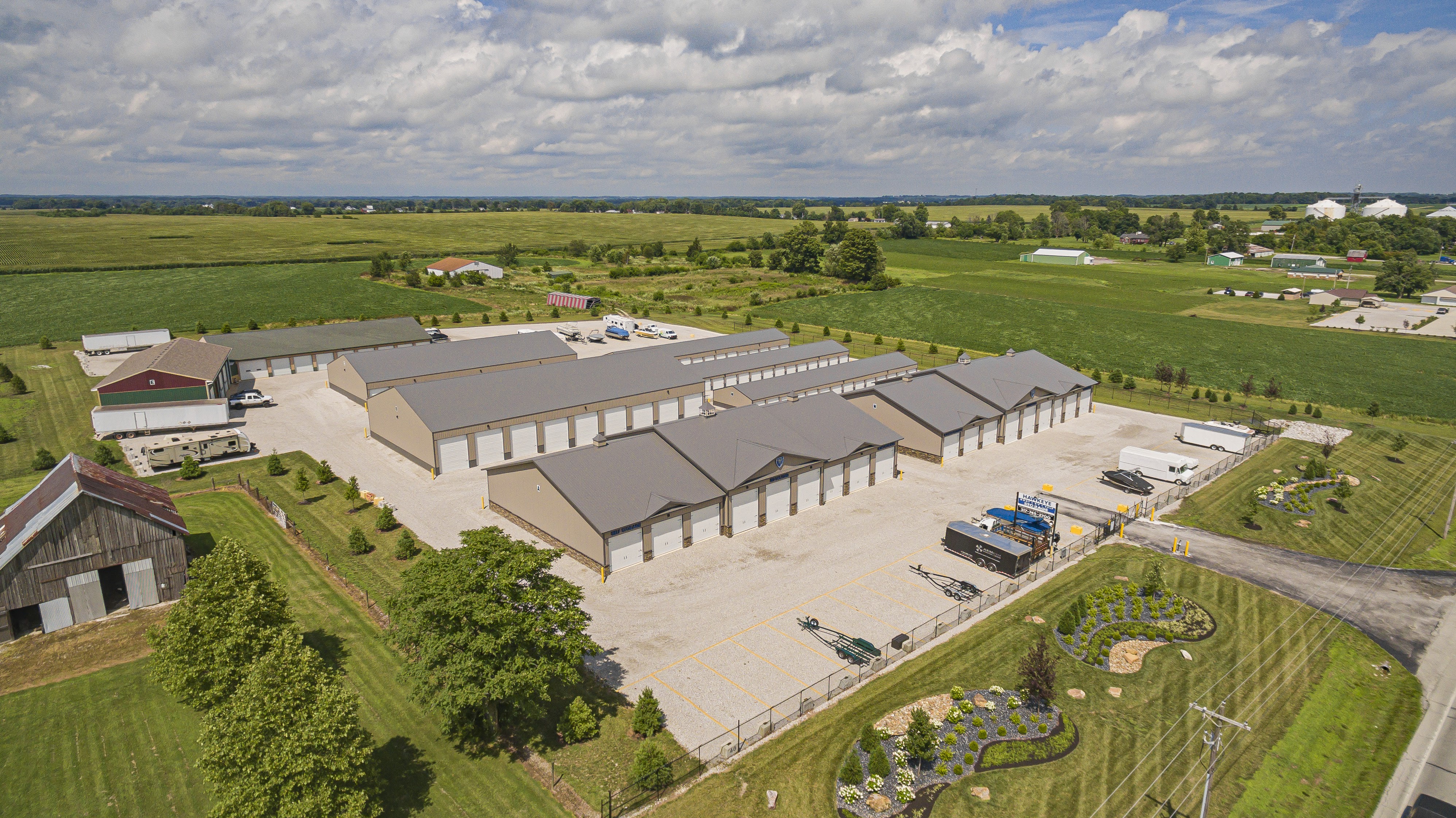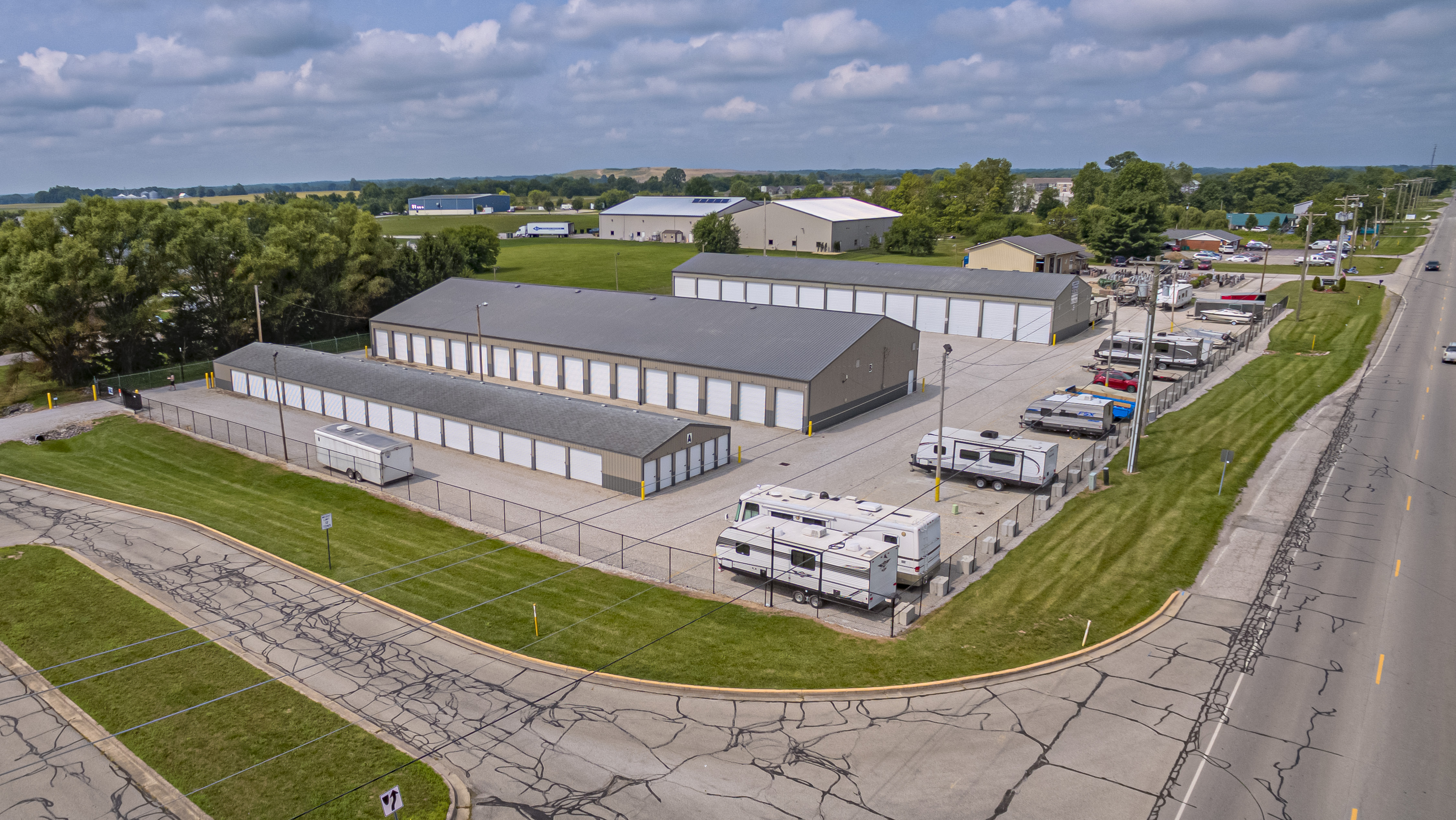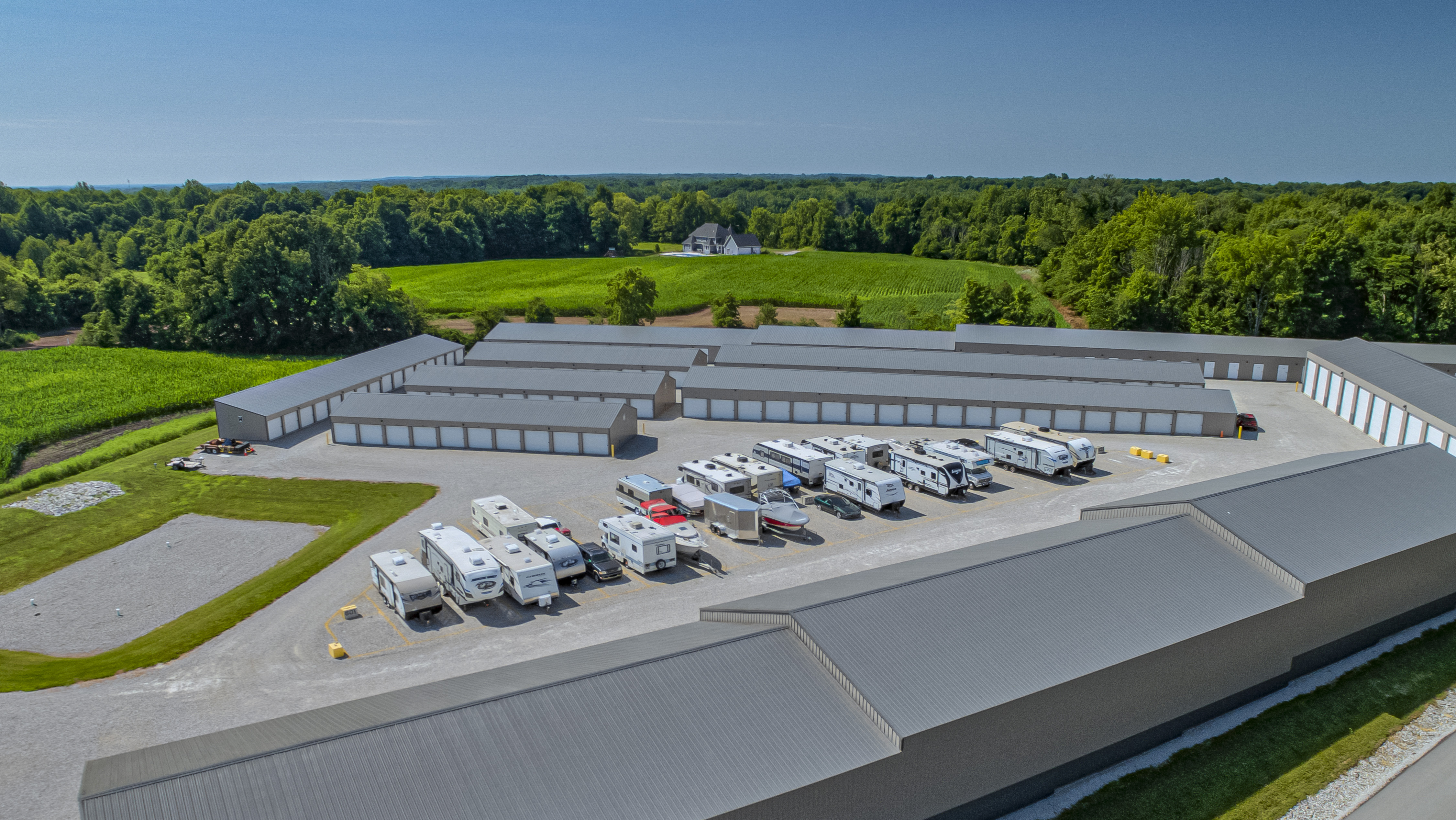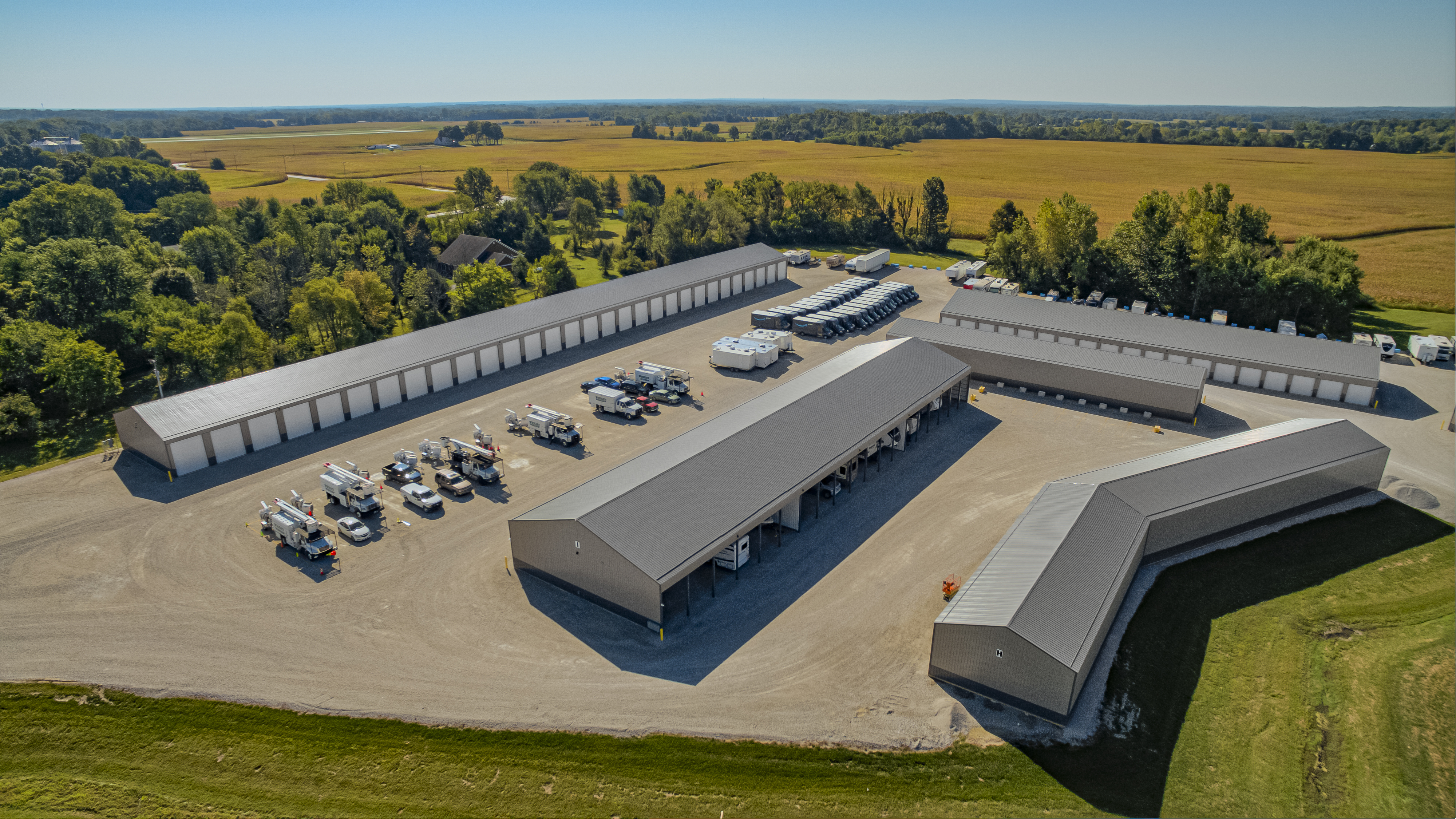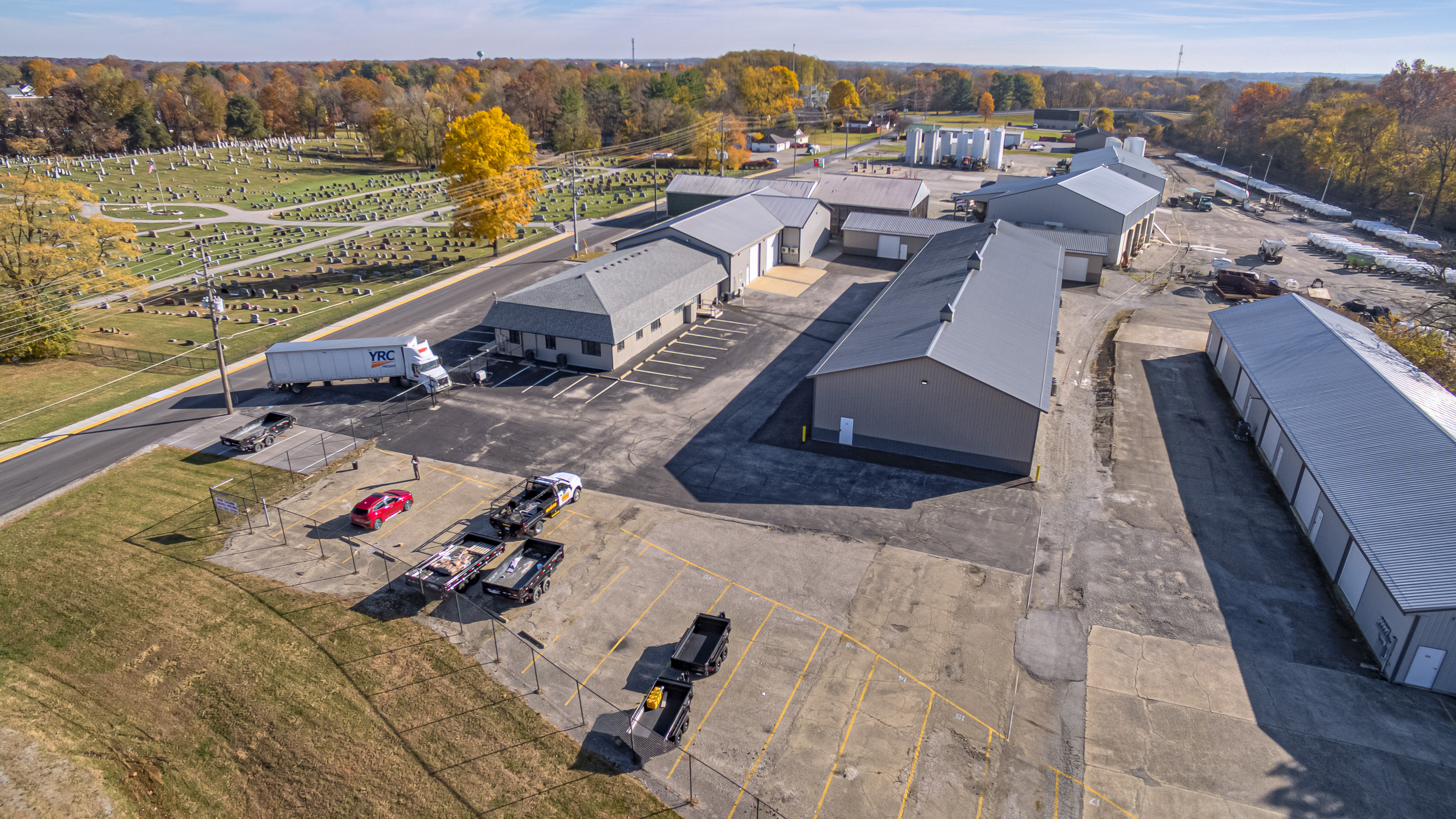How to Choose the Right Storage Unit Size for Your Boat
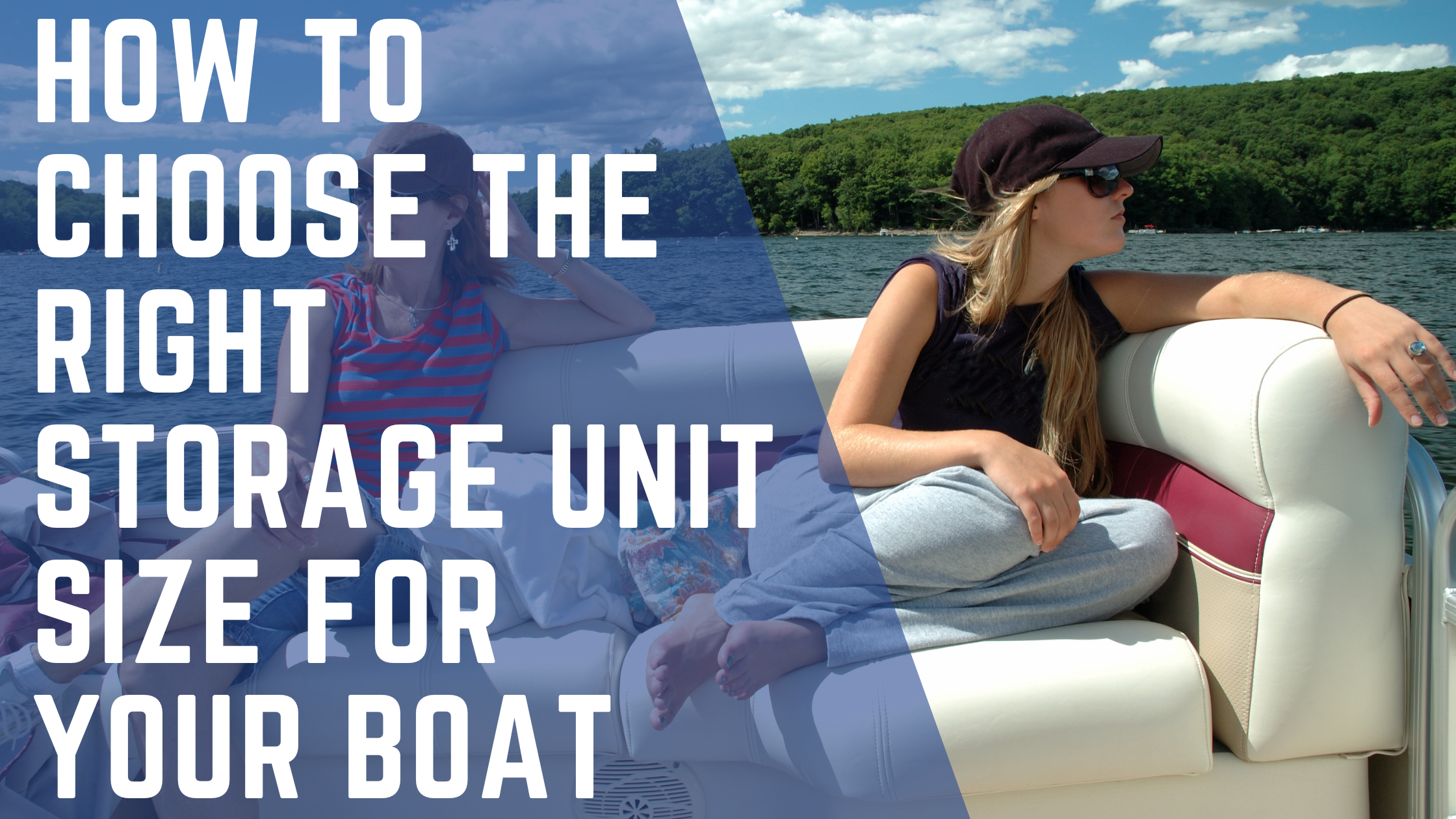
Choosing the wrong boat storage facility can cost you time, money, and peace of mind. Too small, and you’ll be fighting to fit your boat. Too large, and you’re paying for wasted space. This quick guide breaks down exactly how to measure, what type of unit works best, and how to make sure your boat is protected year-round—all without overspending.
Step-by-Step: How to Measure for the Right Boat Storage Unit
Follow these steps before you choose your boat storage facility:
- Measure the full length of your boat from bow (front) to stern (back).
- Add the length of your trailer, including the tongue.
- Leave extra clearance space (a few feet at each end) for easy maneuvering.
Example:
A 24-ft boat + 16-ft trailer + 4-ft tongue = 44 ft. Adding 4 ft of clearance means you’ll need about a 48-ft-long space—making a 15 × 50 ft unit the perfect fit.
Which Type of Boat Storage Is Right for You?
There are a few different kinds of boat storage facilities to choose from, all with their own set of pros and cons.
- Indoor Storage (Climate-Controlled or Standard) These are enclosed spaces that offer maximum protection from weather, pests, and theft—perfect for high-value or delicate boats. Climate control keeps interior temps stable year-round. Hawkeye Storage offers a 15 x 50 ft unit to accommodate the largest of boats.
- Covered Storage This storage strikes a balance between indoor and outdoor storage. With a roof like a carport, it protects your boat from sun and rain while remaining open on the sides—typically at a lower cost than fully enclosed indoor storage.
- Outdoor Storage Open-air and budget-friendly. Best for short-term or frequent access, but offers the least weather protection.
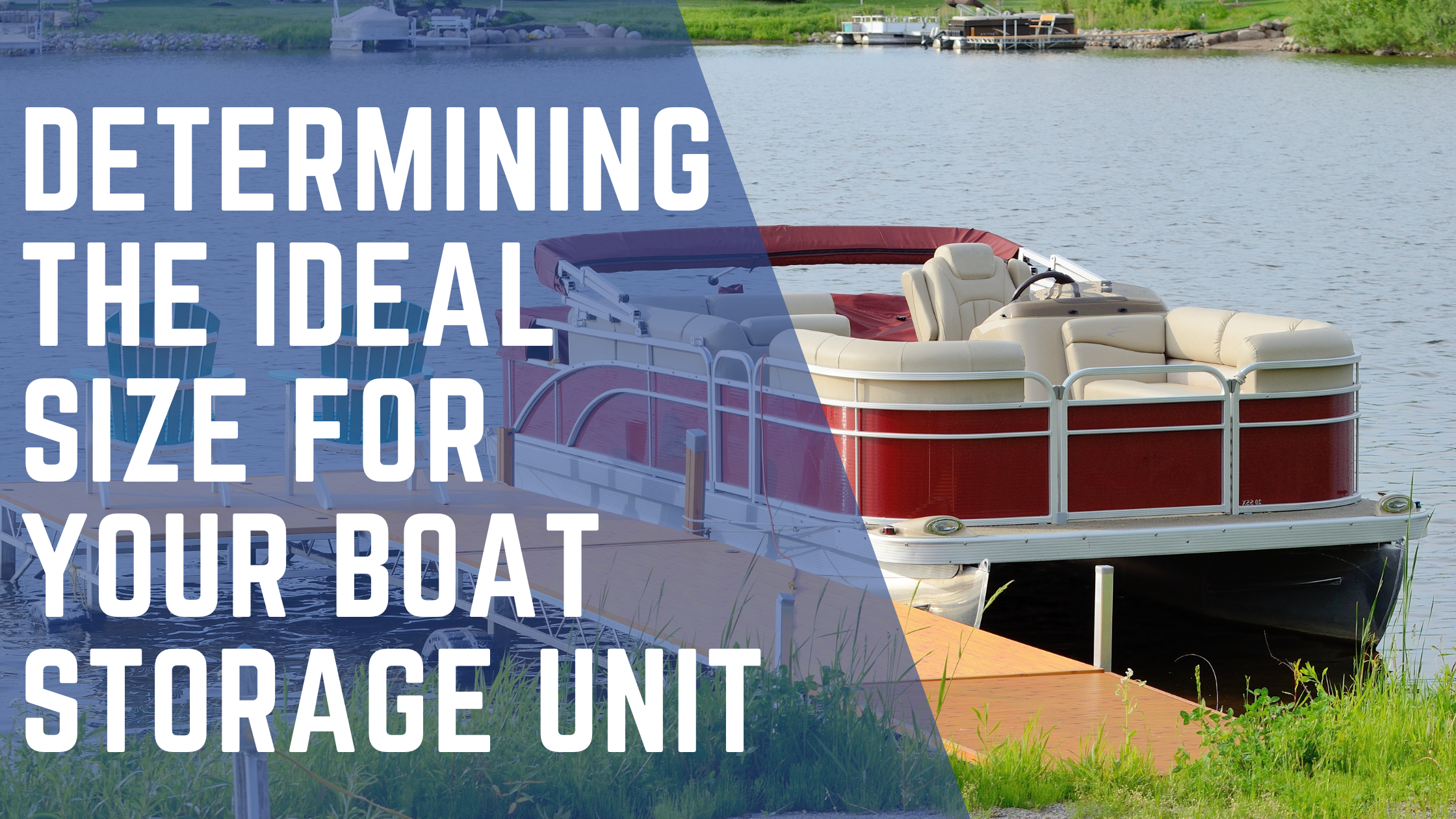
Boat Storage Unit Sizes: What Fits Best
While a storage unit's square footage is important, the unit's shape also plays a significant role in fitting your boat. Remember, you’ll also need to take into account the unit's door width and height, as well as any tight turns or obstructions in the facility that could make maneuvering your boat tricky. Consider the following:
- Small Units (5'x10', 10'x10'): These are usually more suited for small watercraft like jet skis or small fishing boats.
- Medium Units (10'x15', 10'x20'): These units may accommodate smaller boats, including some types of fishing boats or small sailboats.
- Large Units (10'x25', 10'x30', 12’x30’, 15’x35’, 15’x50’): These units are typically suitable for most motorboats, larger fishing boats, and pontoon boats.
Key Things to Consider Before Choosing a Boat Storage Facility
- Measurements Matter: Don’t guess—measure your boat and trailer together.
- Climate Control: Protects upholstery, electronics, and finishes from temperature extremes.
- Easy Access: Look for wide drive lanes, pull-through spaces, and 24/7 gated entry.
- Security: Fencing, cameras, keypad entry, and lighting help safeguard your investment.
- Location: Choose a facility close to your favorite water access points.
- Flexible Terms: Month-to-month leases make storage convenient without long commitments.
Seasonal Timing and Preparation for Storage
Many boat owners don’t realize that when you store your boat can be just as important as where! Storing your boat before the first frost or major seasonal weather change can prevent costly damage to the hull, motor, and electronics.
Before placing it into a boat storage facility, take time to clean and dry every surface, remove any perishable items, and flush out the engine. Adding fuel stabilizer, disconnecting the battery, and lubricating moving parts can help ensure that your boat is ready to go when boating season returns.
Proper preparation before storage can save you both repair costs and frustration when you’re ready to hit the water again.
Why Hawkeye Storage Is a Smart Choice
- Indoor, Covered, and Outdoor Options
- 24/7 Gated Access
- Flexible Month-to-Month Leases
- Strong Security Features
- Convenient Locations Near Boating Hotspots
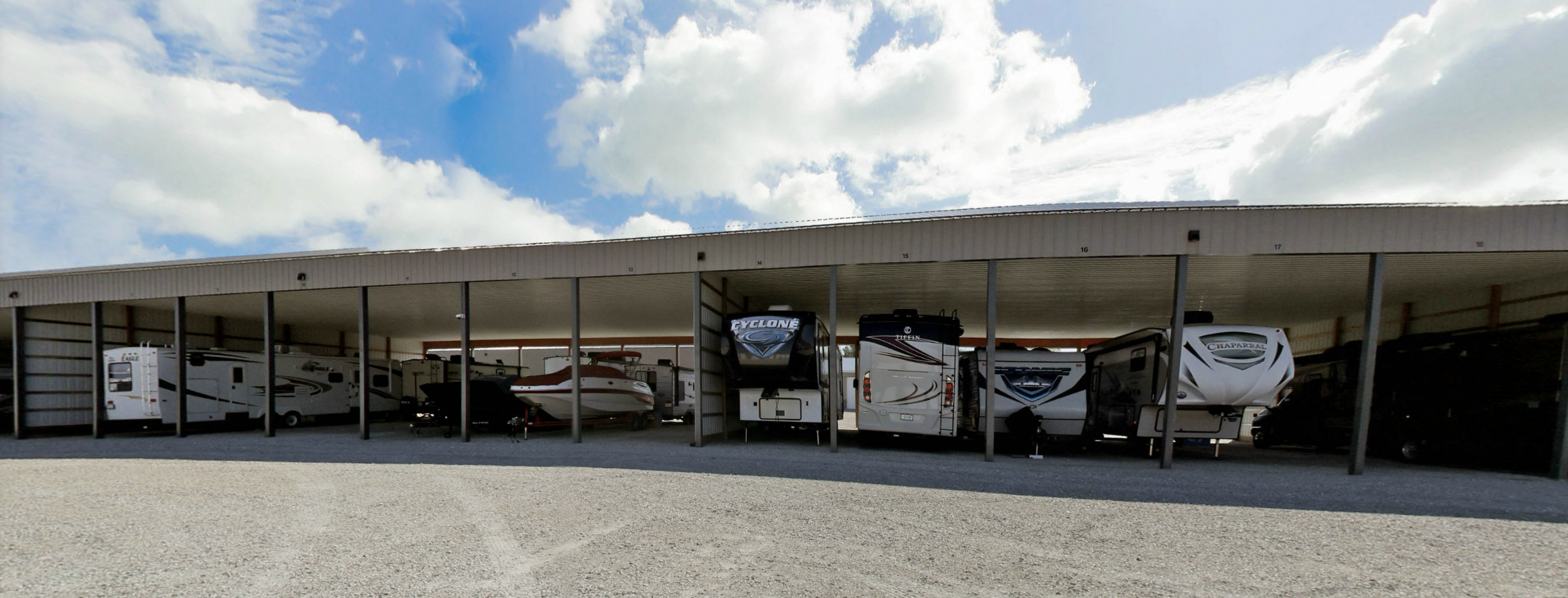
FAQs About Boat Storage
Can I store my boat with the trailer attached?
Yes—most units 15 × 35 ft or larger fit both.
Is covered storage worth it?
Yes, especially if you want UV and rain protection without the full indoor cost.
How much clearance should I leave?
At least a few extra feet beyond your total boat and trailer length for safe access.
Do I need climate control?
If your boat has electronics, upholstery, or wood finishes, climate control helps prevent weather-related damage.
Hawkeye Can Help!
The right boat storage unit size keeps your boat protected, accessible, and ready for adventure. With proper measurements, the right type of storage, and a trusted facility, you’ll have peace of mind all year long.
Hawkeye Self Storage offers secure, climate-controlled units that protect your investment and ensure it’s ready for your next adventure! Reserve your spot today.

